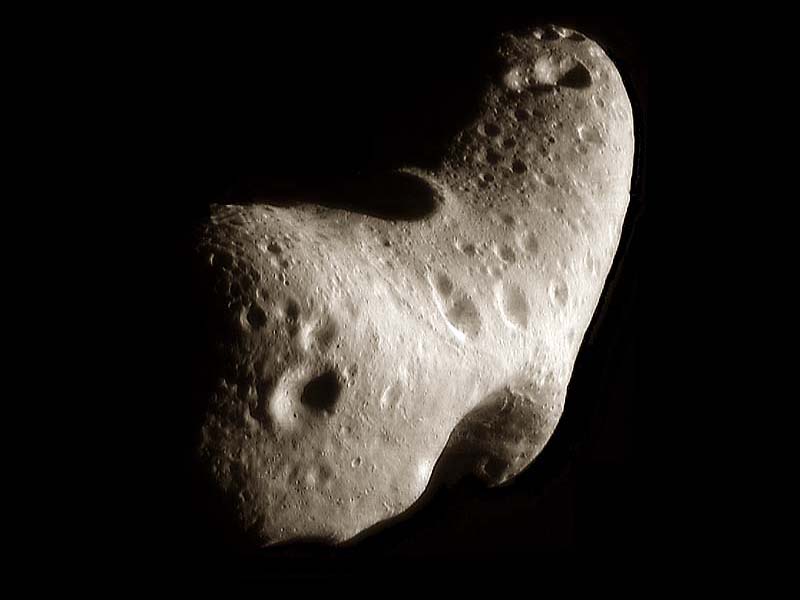Definition of a planet
Main article: Definition of planet
Much like "continent", "planet" is a word without a precise definition, with history and culture playing as much of a role as geology and astrophysics. Recent definitions have been vague and imprecise; The American Heritage Dictionary, for instance, formerly defined a planet as:
A nonluminous celestial body larger than an asteroid or comet, illuminated by light from a star, such as the sun, around which it revolves. In the solar system there are nine known planets: Mercury, Venus, Earth, Mars, Jupiter, Saturn, Uranus, Neptune, and Pluto.
However, for some time that definition has been viewed by many as inadequate. The eight largest planets (which are also the eight nearest to the Sun) are universally recognised as such, but there is controversy over Pluto and other objects rounded by their own gravity. For this reason these eight are often universally referred to by astronomers as "major planets".
Since the discoveries of many of the objects in the Kuiper belt and around other stars, there has been a concerted push amongst scientists to come up with a precise definition of what constitutes a planet. In 1999, the IAU set up a working group to develop a scientifically plausible recommendation, but as of August, 2005 they had not reached a conclusion. After the discovery of 2003 UB313, a member of the committee, Alan Stern, has said that the group wanted "to get something done, pronto". He also informed journalists that a "consensus" in the group was moving towards the following definition:
A planet is a body that directly orbits a star, is large enough to be round because of self gravity, and is not so large that it triggers nuclear fusion in its interior.
Note that this definition also covers disputes at the upper end of a planet's size, which provides the extra benefit of forming a barrier between planets and brown dwarfs. Many consider this definition the best option as it sets up divisions based on physical characteristics rather than an arbitrary size limit. It is also somewhat universal in its application where other definitions have been crafted mainly to sort our own solar system into simple categories (such as placing the size limit as just under Mars, Mercury or Pluto).
Depending how it is interpreted, objects counted as planets under such a new system would include some or all of the objects listed above, with potentially many more yet to be found.
However, there are alternate suggestions which would instead reduce the number of planets in the system. Upon his discovery of Sedna, Mike Brown of Caltech suggested a definition which would exclude both Sedna and Pluto from being classified as planets, proposing the following:
A planet is any body in the solar system that is more massive than the total mass of all of the other bodies in a similar orbit [1]
This definition generally plays down the importance of size, but instead focuses on the formation of the proposed planet. Under this definition, no Kuiper Belt objects would be considered planets.
Brown's wish to "demote" Pluto prompted many to criticize him for setting out to create a purely scientific definition for a term which had an existing popular application, "flawed" as it might be. Upon his discovery of 2003 UB313, Brown indicated he had become a convert to this way of thinking, and instead proposed that whatever definition of planet be adopted include both Pluto and any Kuiper Belt object found to be larger than Pluto. [2]


